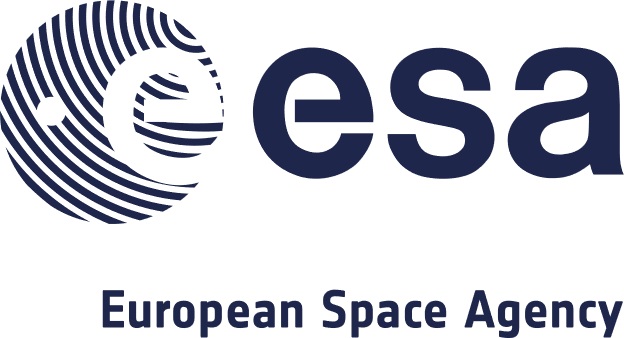Part 2 of 2 Parts (Please read Part 1 first)
In the near future, the space industrial ecosystem will be dominated by the question of how to deal with data generated by satellites. The launch of constellations of small satellites will increase the amount of data coming from space whether the satellites are reporting on the Earth or space phenomena. These streams of data will require processing and result in many commercial services being offered.
It is possible that this avalanche of space data could be disruptive. Some national governments will try to protect their satellites by creating prohibited zones often referred to as “safety zones”. Other nations will be more concerned about the privacy of their citizens or that the collection and processing of these data may limit the sovereignty of states. There is the risk of anti-competitive behavior resulting from the data collected.
It is probable that this giant river of data will attract a broad range of industrial players who will implement techniques from Silicon Valley. One such technique is called a “minimum viable product”. This means that it is possible to market a good or a service that is not yet completely finished. Feedback from users will then make it possible to improve it.
The increasing number of such private operators should result in a steady flow of financial transactions such as fund-raising in the different series, acquisition, and calls to finance market with or without special purpose acquisition companies. There are questions to be considered with respect to the growth strategies of different companies. These include internal growth by strengthening or diversifying their activities versus external growth by acquisition. Acquisitions are likely to prevail and market concentration will be the result. This will inevitably mean that there may be a problem with regard ot the compatibility of vertically integrated players with competition rules.
Defense will obviously remain a major customer for the space-imagery industry and should contribute to its growth through multiple initiatives such as financing, public procurement and calls for tenders. While having a single huge customer has benefits, in the end it may reduce the prospects and durability of the global space industry.
The market for commercial space applications will attract client who demand quality services, especially with respect to performance. The deployment of the first constellations of small satellites will offer great potential for services provided in Earth orbit including refueling, observation and maintenance of satellites. More traditional sectors of the space industry will be transformed, starting with the space-insurance industry which will be impacted by the resilience rates of the announced constellations. These resilience rates may increase the need for inspection missions.
Terrestrial infrastructure development such as the new 5G networks should not be considered as competition but as a complement to the services that small satellite constellations provide.
Following the GPS and small-satellite revolution, the wide-spread adoption to electric vehicles will bring the challenge of being able to guide vehicles’ automatic driving and on-board services. Powerful industrial alliances similar to the Software Alliance for E-mobility (SAFE), LEAF or Charge-Up Europe will be needed between space and terrestrial, modern and more traditional industries as have begun under GNSS Escape (European Safety Critical Applications Positioning Engine) program.
The value chain of the space industry should welcome new activities which demonstrate the growing dynamism of the global space industry.
